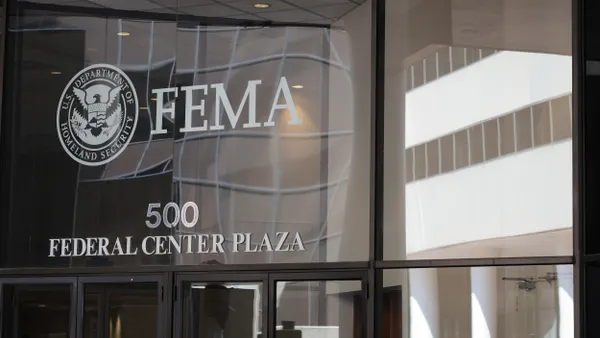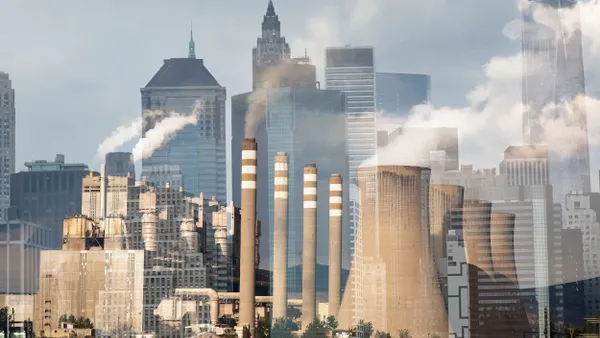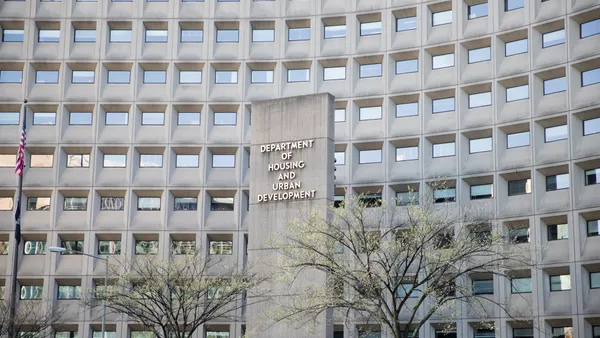Dive Brief:
- The Environmental Protection Agency (EPA) awarded the City of San Diego a $614 million loan to construct an advanced water recycling facility that is expected to produce one-third of the city’s drinking water by 2035.
- The facility is set to break ground in 2019 and will produce 30 million gallons of drinking water per day by treating wastewater, starting in 2023.
- The loan — offered through the Water Infrastructure Finance and Innovation Act (WIFIA) loan program — will cover nearly half of the estimated $1.4 billion cost. According to the EPA, the city will save an estimated $184 million by using the low-interest federal loan compared to a typical bond issuance.
Dive Insight:
San Diego Mayor Kevin Faulconer called the new facility "one of the most significant infrastructure projects in San Diego history" in a press release, and has marketed it as a model to other drought-ridden cities in the southwest. In a blog post for the Brookings Institution last year, Faulconer wrote that the city currently imports 85% of its water and discharges most of its wastewater into the ocean. The Pure Water project would reverse both those trends, creating a more sustainable water life cycle.
The WIFIA loan will help offset the enormous cost of the project; the city last year said it would seek more than $1 billion in low-interest loans to limit any increases in water or sewer rates for residents to cover the project. The federal loan program has been popular to help cities and states cover the cost of major water projects, and the Trump administration has already distributed more than $1.5 billion in WIFIA loans.
Cities throughout the west are exploring solutions to combat drought conditions and keep water flowing to residents. Besides costly treatment facilities and desalination plants, many are also looking for smart cities solutions that would recycle water in green space or deliver residents real-time usage information to encourage more conservation. As cities explore those options, however, they’re increasingly looking at how to amp up data collection around water supply and use, which can help target solutions and justify larger solutions like Pure Water.









